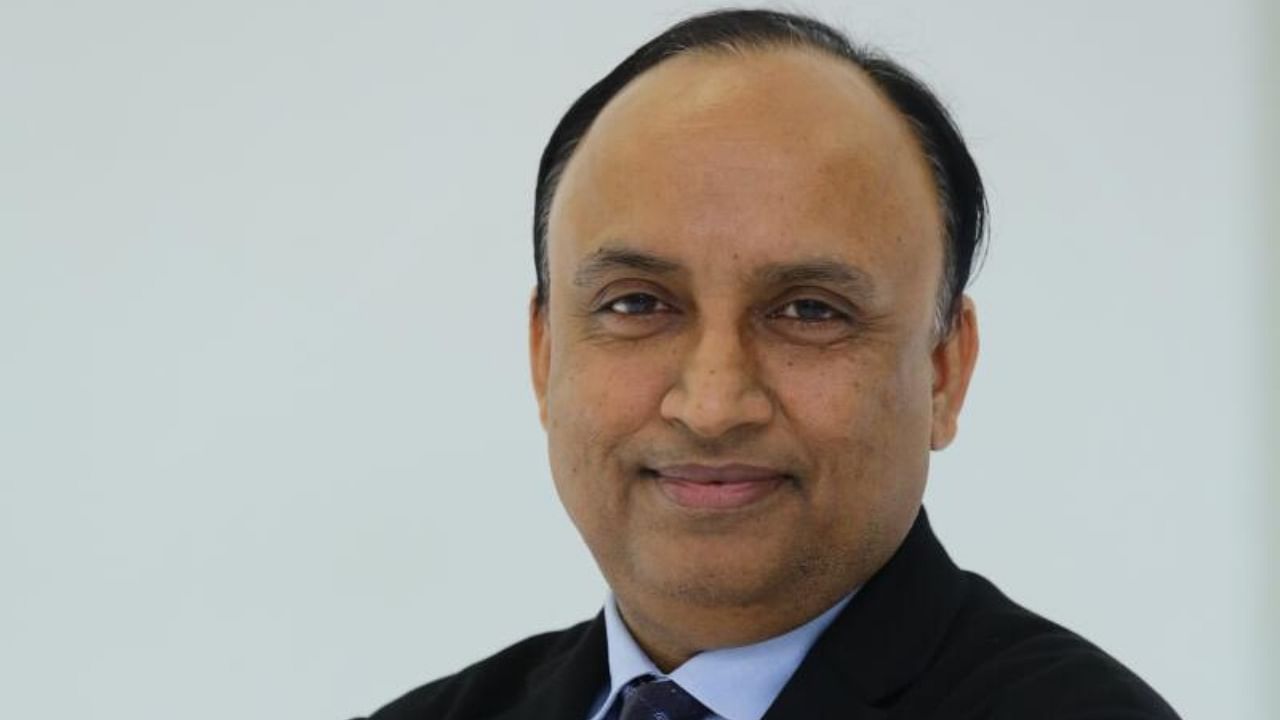
India’s car industry is witnessing a rapid change in terms of the vehicle preferences by consumers and implementation of new emission and safety norms. Entry-level sports utility vehicles (SUVs), which accounted for just around 3% of total sales in 2014-15, has now emerged as the largest segment, replacing the hatchbacks that used to dominate the sales chart. The country’s largest carmaker Maruti Suzuki has been a late starter in SUVs and electric vehicle (EV) segments. Speaking to DH’s Gyanendra Keshri, Maruti Suzuki India Senior Executive Officer Shashank Srivastava elaborates on the company’s expansion plan and changing dynamics of the auto sector. Excerpts
What is Maruti Suzuki’s expansion plan?
Last year’s figure for the industry overall passenger vehicles domestic sales was 38.90 lakh units, out of this Maruti Suzuki’s share was 16.44 lakh units. The projection going forward for 2030 is that the total industry size in India will increase from 38.90 lakh units to about 60 lakh units and Maruti Suzuki should increase from 16.44 lakh units to 30 lakh units. Our market share in 2022-23 stood at 42% and the target is to increase it to 50% by 2030. In addition to this, we have exports and OEM supplies that we do to Toyota. Last fiscal exports and OEM put together stood at 3.25 lakh units. Our target is to increase it to 10 lakh units by 2030. By 2030, a total 40 lakh vehicles would be required to be produced.
Our current capacity is a bit over 20 lakh units, if we put together Manesar, Gurugram and Gujarat plants. The gap of 10 lakh units will be filled by Kharkhoda (Haryana) plant, for which the progress work is already on. To cover the remaining 10 lakh unit gap the board has asked the management to examine setting up a new plant and give a detailed report where this plant should be, which models to produce, what will be the logistics, etc.
Can you elaborate on the investments planned for the capacity expansion?
Kharkhoda plant investment is about Rs 18,000 crore. The board has approved setting up another plant with 10 lakh units capacity. We cannot comment on the investments for the proposed new plant because the study has not yet been done.
Maruti Suzuki has been a late starter in SUV segment. What is the company’s strategy and target in this segment?
If you see 2022-23 full year, our market share in the SUV segment was 12.1%. If you look quarter wise, in Q1 of 2022-23 our market share in the SUV segment was around 8% while in Q4 it jumped to 17%. The reason was that we introduced Grand Vitara in September 2022 after which our market share started going up. Also Brezza availability became better. For 2023-24, we are targeting 25% market share in the SUV segment. It will make us the number one SUV maker. That is the challenge that we have taken.
Why are the sales in the small hatchback segment sluggish?
The hatchback segment of small cars grew by 20% last year. From about 11.60 lakh units in 2021-22, it became 13.40 lakh units in 2022-23. But if you compare it with peak volume of 2017-18 when it was 15.58 lakh units, it is significantly down. It is largely because of affordability. The prices in this segment rose very sharply compared to the income growth in this segment. The consumer’s income in this segment did not increase in pace with price rise. That is why the affordability of the cars in this segment has come down.
Why have the prices in the entry-level segment risen sharply?
There are four reasons for this. First, regulatory requirements on emission and safety. Second, material commodity prices have gone up. Third, government taxes in the form of registration and road tax have gone up. And fourth, there have been some features additional to the small cars like infotainment system etc. The price elasticity of people in this segment is very high. If you increase the price of a Rs 50 lakh Mercedes car to Rs 52 lakh it will not make much difference for the customer but if you make a Rs 4 lakh vehicle to Rs 6 lakh it will make a big difference.